Secrets of Successful Plein Air Painting
Plein air painting, the art of capturing the great outdoors on canvas, is not just a hobby; it’s a thrilling adventure that connects artists with nature in a profound way. Imagine standing in a sun-drenched meadow, the gentle breeze caressing your face, while you try to encapsulate the beauty of the landscape unfolding before you. It’s exhilarating, isn’t it? However, to truly excel in this art form, one must master a combination of techniques, tools, and a mindset that embraces spontaneity and creativity. In this article, we will explore the essential elements that can elevate your plein air painting experience, whether you’re a budding artist or a seasoned pro looking to refine your craft.
First and foremost, the secret to successful plein air painting lies in choosing the right location. The world is filled with breathtaking vistas, bustling city streets, and serene waterfronts, each offering unique opportunities for artistic expression. But how do you find that perfect spot that sparks your creativity? Look for locations that not only inspire you but also provide captivating subjects for your artwork. A quiet park, a vibrant market, or a stunning mountain view can all serve as incredible backdrops. Remember, the environment you choose will significantly influence the mood and tone of your painting.
Next, let’s talk about the essential tools and materials you’ll need. Painting outdoors requires specific gear to ensure you can work efficiently and effectively. A portable easel is vital for plein air painting, as it allows you to set up your canvas easily wherever you go. But not all easels are created equal! You’ll need to understand the differences between lightweight and heavy-duty options. Lightweight easels are perfect for those who prioritize mobility, while heavy-duty easels offer stability in windy conditions. Additionally, consider investing in quality palettes, brushes, and storage solutions that make transporting your materials a breeze.
Another critical aspect of plein air painting is mastering color mixing techniques. The colors of the natural world are vibrant and ever-changing, reflecting the unique light of each moment. To capture this, you’ll want to learn effective color mixing strategies that help you recreate the hues you see around you. Experiment with a limited palette to create harmony in your work, and don’t shy away from bold colors that reflect the intensity of the scene. Remember, the goal is to immerse your audience in the atmosphere of the moment!
Speaking of atmosphere, understanding natural light is paramount. The way light shifts throughout the day can dramatically alter your painting. Early mornings and late afternoons, known as the golden hours, provide soft, warm light that enhances colors and shadows. Take advantage of these times to create stunning pieces that resonate with viewers. But be prepared for changes in weather, too. Whether it’s a sudden gust of wind or a light drizzle, having a plan for various conditions will help you maintain a productive painting experience.
As you become more comfortable with plein air painting, developing a quick sketching technique will serve you well. This skill allows you to capture the essence of a scene quickly, giving you more time to focus on the finer details later. Think of it as setting the stage for your masterpiece, where you outline the main elements and then fill in the colors and textures that bring it to life. The quicker you can sketch, the more opportunities you’ll have to explore different scenes and compositions.
Finally, plein air painting is not just about solitary creation; it’s also about community. Building a plein air community can enhance your experience tremendously. Connecting with fellow artists allows you to share techniques, receive critiques, and find inspiration in each other’s work. Whether you join a local art group or participate in plein air events, engaging with others can provide valuable support and motivation on your artistic journey.
- What is plein air painting? Plein air painting is the practice of painting outdoors, capturing the landscape and natural light directly from the environment.
- Do I need special materials for plein air painting? Yes, having portable easels, quality brushes, and a limited palette can greatly enhance your outdoor painting experience.
- What is the best time of day for plein air painting? The golden hours, early mornings and late afternoons, provide the best natural light for capturing vibrant colors.
- How can I find a plein air painting community? Look for local art groups, workshops, or plein air events in your area to connect with fellow artists.
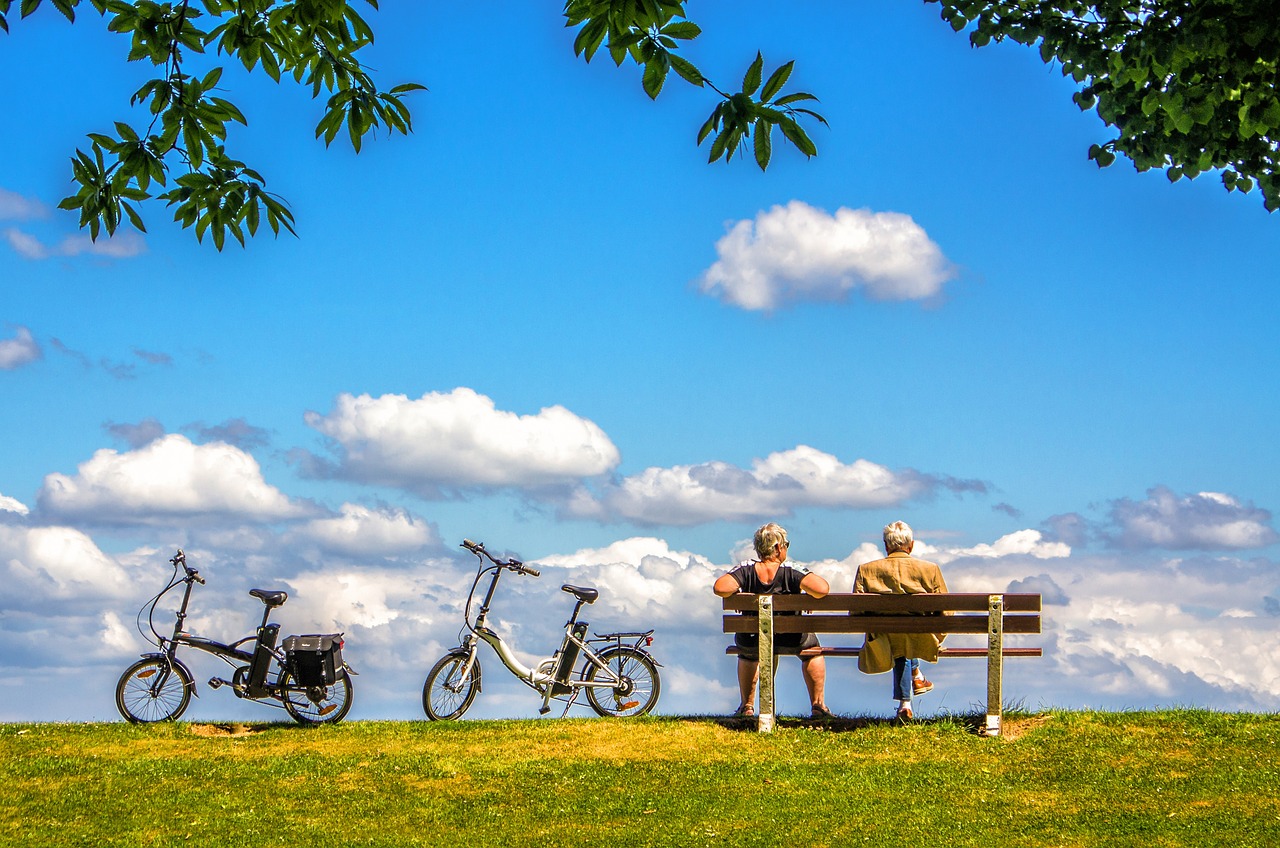
Choosing the Right Location
When it comes to plein air painting, the location you choose can make or break your experience. Imagine standing in front of a breathtaking landscape, the sun setting behind majestic mountains, or a lively street bustling with life. These settings not only provide stunning visuals but also ignite your creative spirit. So, how do you find that perfect spot that inspires you? Here are some tips to consider:
First and foremost, think about what inspires you. Are you drawn to serene nature scenes, vibrant urban life, or perhaps the intricate details of architecture? Identifying your preference will guide you in selecting locations that resonate with your artistic vision. For instance, if you love the tranquility of nature, seek out parks, gardens, or lakesides where you can immerse yourself in the beauty of the outdoors.
Another crucial factor is lighting. The time of day can drastically change the way colors appear and how shadows are cast. Early morning or late afternoon, often referred to as the golden hour, offers soft, warm light that enhances the vibrancy of your colors. Keep an eye on the weather forecast too, as overcast days can create a soft, diffused light perfect for capturing details without harsh contrasts. If you’re unsure of where to go, consider visiting local art communities or galleries to see what locations other artists are favoring.
Accessibility is also a key consideration. You want to ensure that you can easily transport your materials to your chosen location. A beautiful vista is less appealing if it requires a long hike with heavy equipment. Look for spots that are not only inspiring but also convenient to reach. If possible, scout the area beforehand to identify the best vantage points and ensure there’s enough space for you to set up comfortably.
Lastly, don’t overlook the importance of atmosphere. The ambiance of a location can significantly affect your mood and creativity. Are there other artists around? Is the area peaceful or bustling with activity? Sometimes, painting alongside fellow artists can provide a sense of community and encouragement, while other times, solitude might be what you need to focus deeply on your work. Pay attention to how different locations make you feel and choose those that inspire positivity and creativity.
In summary, selecting the right location for plein air painting involves a mix of personal preference, lighting conditions, accessibility, and the overall atmosphere. By taking the time to choose wisely, you set the stage for a fulfilling and productive painting experience that can lead to stunning works of art.
- What should I look for in a plein air painting location? Look for inspiration, good lighting, accessibility, and a pleasant atmosphere.
- How can I find new painting locations? Explore local parks, attend art community events, or visit galleries to discover popular spots.
- Is it better to paint alone or with others? It depends on your personal preference; both can offer unique benefits for creativity.
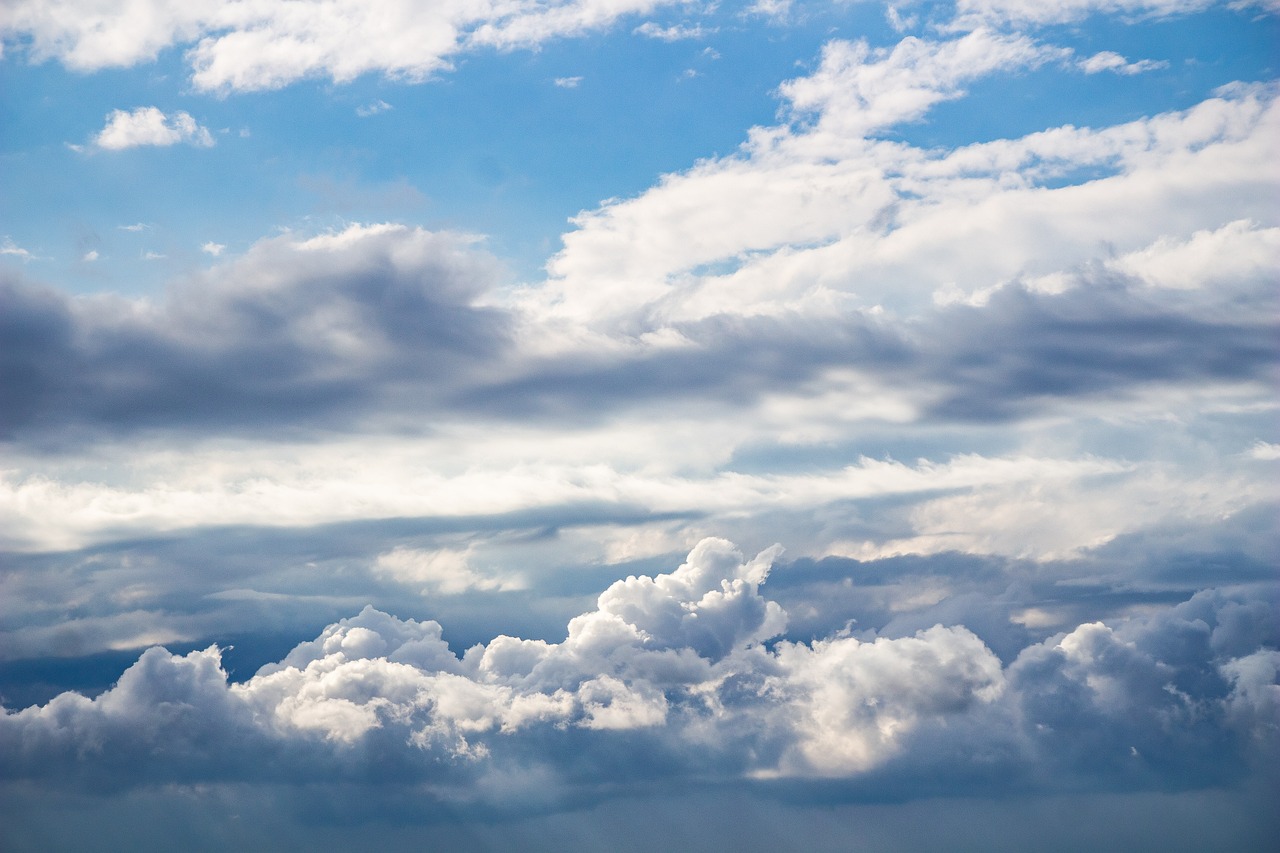
Essential Tools and Materials
When it comes to plein air painting, having the right tools and materials can make all the difference between a frustrating experience and a fulfilling one. Imagine stepping outside, your canvas in hand, ready to capture the beauty of nature. But wait! Without the proper gear, your vision might remain just that—a vision. So, what do you really need to ensure your outdoor painting sessions are both enjoyable and productive? Let's dive into the essentials.
First and foremost, you’ll need a reliable portable easel. This is your painting station, your command center in the great outdoors. A good easel allows you to set up quickly and adjust your canvas to the perfect angle. There are various types of easels available, each with its own set of advantages. For instance, some artists prefer lightweight options for easy transport, while others opt for heavy-duty easels that can withstand wind and uneven terrain. The choice depends on your painting style and the environments you plan to explore.
When selecting a portable easel, consider your specific needs. Here’s a quick breakdown of the two main categories:
| Easel Type | Advantages |
|---|---|
| Lightweight Easels | Easy to carry, quick setup, ideal for travel. |
| Heavy-Duty Easels | Stable in windy conditions, can support larger canvases. |
In addition to an easel, you’ll need a well-organized palette. A good palette allows for easy mixing and access to your colors. Many artists prefer a palette that can be sealed for transport, keeping colors fresh for longer. You might also want to invest in high-quality brushes that can handle various techniques. The right brushes are essential for achieving the textures and details that bring your painting to life. Consider including a selection of flat, round, and filbert brushes for versatility.
Don’t forget about other accessories that can enhance your plein air setup. A sturdy carrying case for your supplies will keep everything organized and protected during travel. Additionally, having a portable water container is crucial for cleaning your brushes on the go. Some artists even use collapsible buckets that are easy to pack. Other handy items include:
- Sketchbook for preliminary drawings
- Paper towels for quick clean-ups
- Sun protection gear like hats and sunscreen
Finally, let’s talk about paint. Choosing the right type of paint can significantly impact your outdoor experience. Oil paints are popular for their rich colors and blending capabilities, but they can be cumbersome to transport. Watercolors, on the other hand, are lightweight and easy to set up, making them ideal for quick studies. Acrylics offer a middle ground, drying quickly and allowing for vibrant color application. Whatever your preference, ensure you have a variety of colors that reflect the natural palette around you.
In summary, the right tools and materials can elevate your plein air painting experience from ordinary to extraordinary. By investing in quality gear, you not only enhance your ability to capture the beauty of the outdoors but also make the process more enjoyable. So, gear up and get ready to paint your world!
Q: What is the best type of easel for beginners?
A: Lightweight easels are often recommended for beginners due to their portability and ease of use. They allow for quick setup and are ideal for those just starting their plein air journey.
Q: Can I use any type of paint for plein air painting?
A: Yes, you can use any type of paint, but oils, acrylics, and watercolors are the most common choices. Each has its own advantages and challenges, so choose one that suits your style and comfort level.
Q: How do I protect my materials from the weather?
A: It's essential to have protective cases for your supplies. Additionally, consider using a waterproof tarp or cover for your easel and canvas if rain is in the forecast.
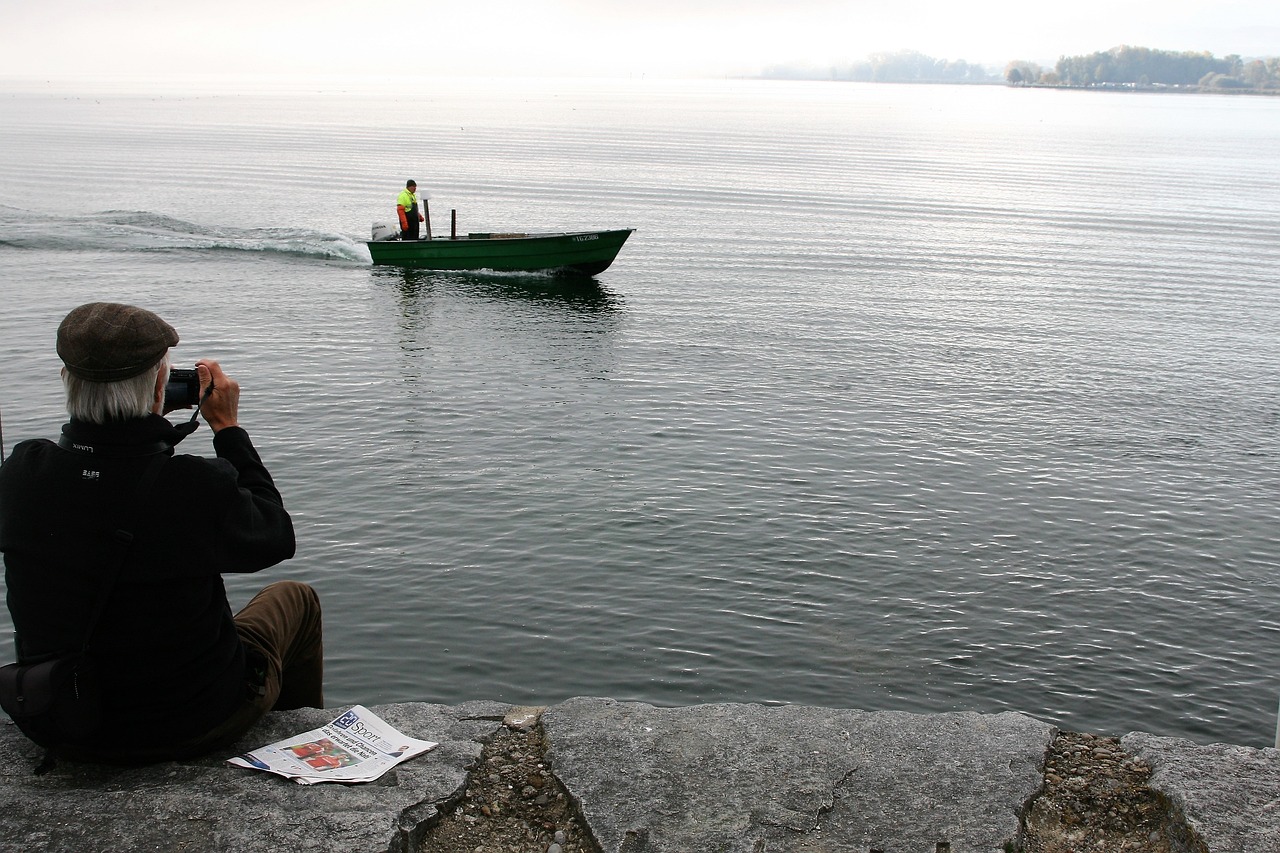
Portable Easels
When it comes to plein air painting, having the right portable easel can make all the difference. Imagine you're out in a picturesque meadow, the sun is shining, and the vibrant colors of nature are calling your name. The last thing you want is a clunky easel that makes your painting experience feel like a chore. Instead, you need an easel that’s lightweight, easy to set up, and sturdy enough to withstand the elements. So, what should you look for in a portable easel?
First off, consider the type of easel that suits your painting style. There are several options available, each with its own set of advantages:
- French Easels: These are versatile and often come with storage for paints and brushes, making them perfect for the artist on the go.
- Field Easels: Typically lightweight and collapsible, these easels are designed specifically for outdoor use.
- Tabletop Easels: If you're planning to paint on a picnic table or a flat surface, a tabletop easel can provide stability without taking up much space.
Now, let’s dive into the nitty-gritty: weight and stability. A lightweight easel is essential for ease of transport. However, it’s equally important to ensure that your easel can handle the wind and won’t topple over while you’re trying to capture that perfect sunset. Look for models that offer adjustable legs and a solid base. Some easels even come with ground spikes to anchor them down, which is a fantastic feature for those breezy days.
Additionally, consider the accessory options that come with your easel. A good portable easel often includes features like:
- Built-in palettes for mixing colors.
- Brush holders to keep your tools organized.
- Storage compartments for paints and other supplies.
Ultimately, the right portable easel should feel like an extension of your creativity. It should allow you to focus on your art rather than the logistics of setting up. So, whether you’re painting a serene lakeside view or a bustling city street, investing in a quality portable easel can transform your plein air experience from ordinary to extraordinary.
1. What type of easel is best for beginners?
For beginners, a French easel is often recommended due to its versatility and built-in storage. It's a great all-in-one solution for those just starting out.
2. Can I use a regular studio easel for outdoor painting?
While you can use a studio easel outdoors, it's not ideal due to its weight and lack of portability. A portable easel is designed to be lightweight and easy to transport, making it a better choice for plein air painting.
3. How do I ensure my easel is stable in windy conditions?
Look for easels with adjustable legs and consider using ground spikes to secure them. Additionally, placing a bag filled with weight at the base can help stabilize your easel in windy conditions.
4. Are there any specific brands you recommend?
Brands like Guerilla Painter and Sienna are popular among plein air artists for their quality and durability. However, it's always best to try a few different options to see what feels right for you.
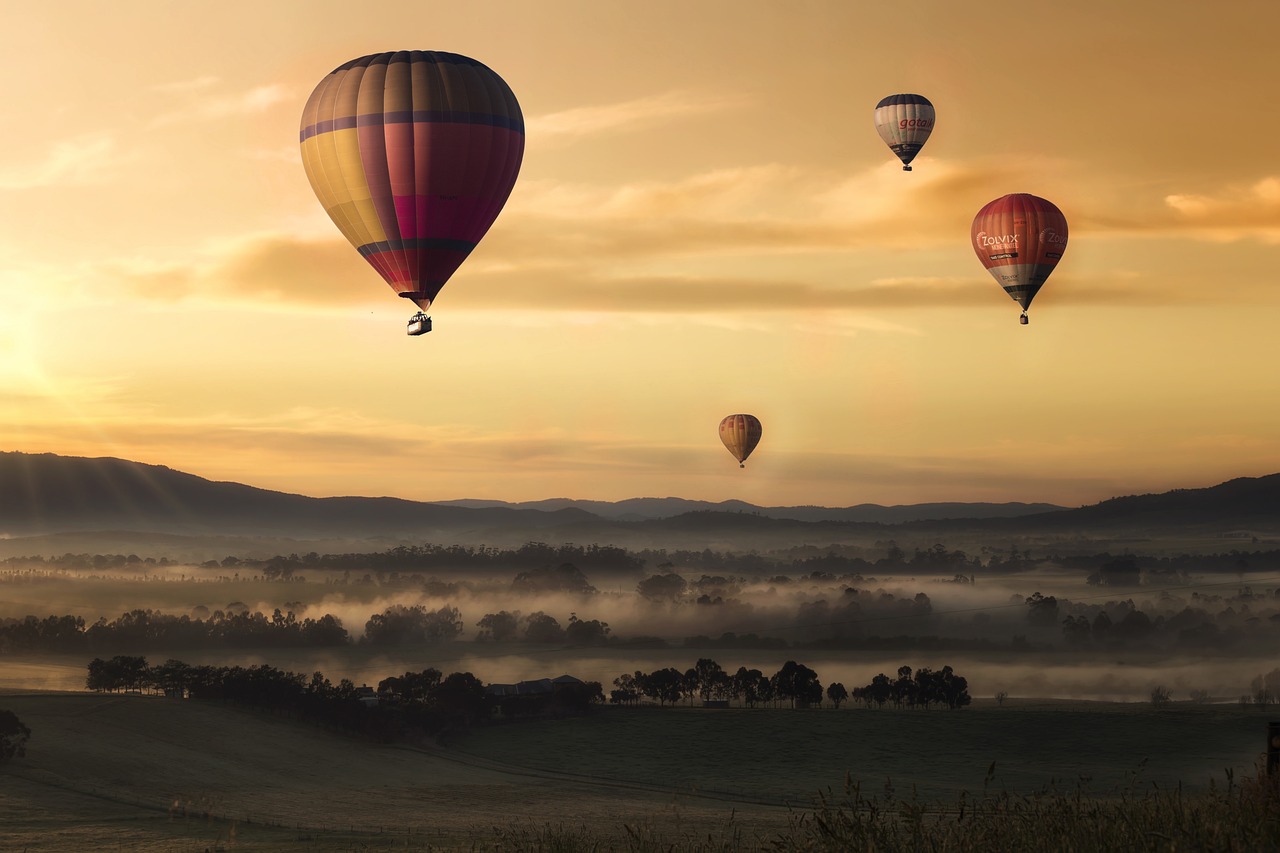
Lightweight vs. Heavy-Duty
When it comes to choosing the right easel for plein air painting, understanding the difference between lightweight and heavy-duty options is crucial. Lightweight easels are designed for artists who prioritize portability and ease of setup. They are typically made from materials like aluminum or lightweight wood, making them easy to carry on hikes or to remote locations. Imagine being able to hike up a hill with a breeze in your hair, knowing your easel won’t weigh you down. These easels are perfect for quick sessions, allowing you to capture fleeting moments in nature without the hassle of lugging around heavy equipment.
On the other hand, heavy-duty easels are built for stability and durability. If you’re painting in windy conditions or on uneven surfaces, a heavy-duty easel can provide the support you need to keep your canvas steady. These easels are often made from sturdier materials like solid wood and can withstand the elements better than their lightweight counterparts. They might not be as portable, but they make up for it with their ability to hold larger canvases and withstand rough handling. Picture yourself painting a vast landscape, your easel firmly anchored, allowing you to focus solely on your artwork without worrying about your setup collapsing.
Choosing between lightweight and heavy-duty easels ultimately depends on your personal painting style and the environments you frequent. If you often find yourself in serene, sheltered spots, a lightweight easel might be your best friend. However, if you’re tackling more challenging locations or larger canvases, investing in a heavy-duty model could be a game changer. Here’s a quick comparison to help you decide:
| Feature | Lightweight Easel | Heavy-Duty Easel |
|---|---|---|
| Portability | Highly portable, easy to carry | Less portable, heavier to transport |
| Stability | Less stable in windy conditions | Very stable, ideal for rough conditions |
| Canvas Size | Best for smaller canvases | Can handle larger canvases |
| Material | Aluminum or lightweight wood | Solid wood or heavy-duty materials |
In conclusion, the choice between lightweight and heavy-duty easels is a personal decision that should align with your specific plein air painting needs. Consider the environment you’ll be painting in, the size of your canvases, and how much you value portability. Whatever your choice, both types of easels have their unique advantages that can enhance your outdoor painting experience.
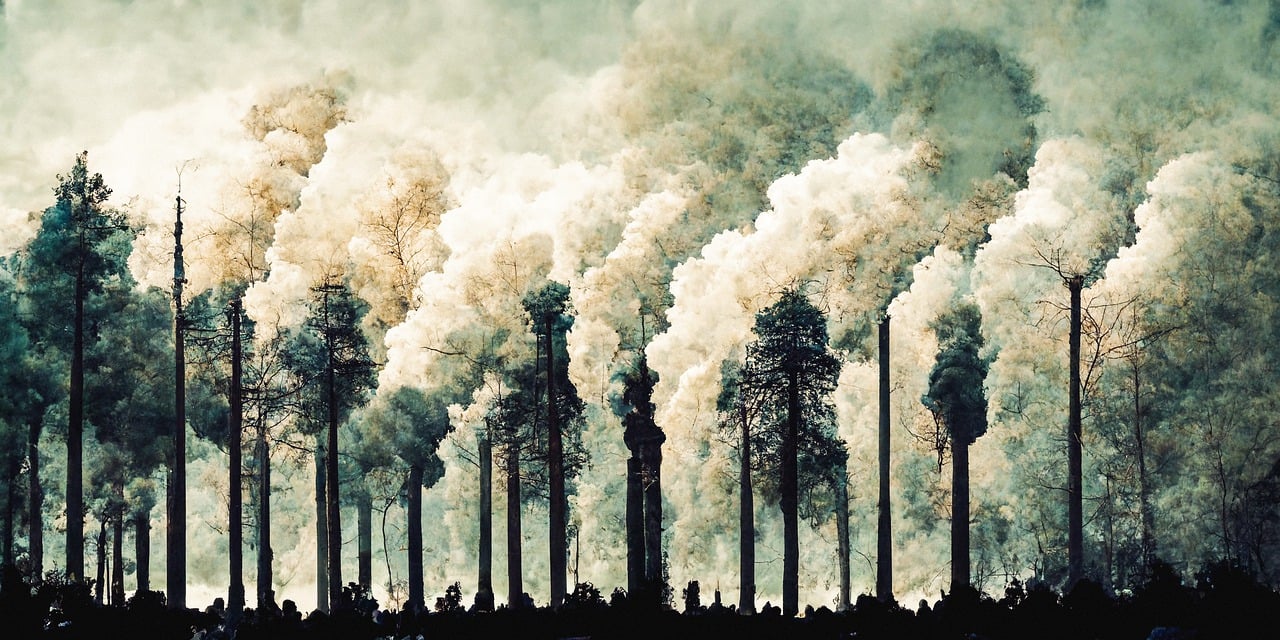
Accessory Options
When it comes to plein air painting, having the right accessories can make all the difference between a frustrating experience and a productive one. Think of your accessories as the trusty sidekicks to your main superhero—the painting itself! A well-equipped artist can tackle any outdoor challenge with ease, ensuring that creativity flows as smoothly as the paint on their palette.
First and foremost, a sturdy yet lightweight palette is essential. It should be easy to transport and large enough to mix colors without feeling cramped. Many artists prefer a palette with a lid, allowing them to quickly cover their mixed paints and keep them fresh for longer periods. Additionally, consider using a palette with a non-stick surface to simplify cleanup, which can be a real time-saver when you're out in the field.
Next up, let’s talk about brushes. A diverse selection of brushes can help you capture different textures and details in your work. From broad, flat brushes for sweeping strokes to fine-tipped ones for intricate details, having a variety will allow you to express your artistic vision fully. It’s also wise to carry a few extra brushes, as outdoor conditions can sometimes lead to unexpected wear and tear.
Another accessory that can enhance your plein air experience is a portable water container. Staying hydrated is essential, not just for you but also for your brushes! A leak-proof water container can keep your brushes clean and ready for action. Some artists even use collapsible water bottles, which are easy to pack and take up minimal space.
Additionally, consider investing in a comfortable folding chair. While you might be tempted to stand and paint, having a place to sit can help you maintain your energy and focus, especially during long sessions. Look for a chair that is lightweight and easy to carry, as well as one that provides good back support.
Lastly, a good quality carrying bag or backpack designed specifically for artists can keep all your gear organized and accessible. Look for bags with multiple compartments to store your paints, brushes, palettes, and other essentials. This way, you can easily grab what you need without rummaging through a chaotic mess.
In summary, the right accessories can elevate your plein air painting experience. By equipping yourself with a reliable palette, a diverse set of brushes, a portable water container, a comfortable chair, and an organized carrying bag, you set the stage for a successful and enjoyable painting session outdoors.
Q: What is the best time of day for plein air painting?
A: Many artists prefer the early morning or late afternoon, during the golden hour, when the light is soft and warm. This time enhances colors and creates beautiful shadows.
Q: How can I protect my artwork from the elements?
A: Consider using a portable umbrella or sunshade to shield your canvas from direct sunlight. Additionally, you can use a wet palette to keep your paints from drying out too quickly.
Q: What should I do if the weather changes unexpectedly?
A: Always be prepared for sudden weather changes. Bring along a waterproof cover or tarp for your equipment and be ready to pack up if conditions become too severe.
Q: How do I choose the right location for plein air painting?
A: Look for locations that inspire you, have interesting subjects, and are accessible. Parks, beaches, and scenic overlooks are often great choices.
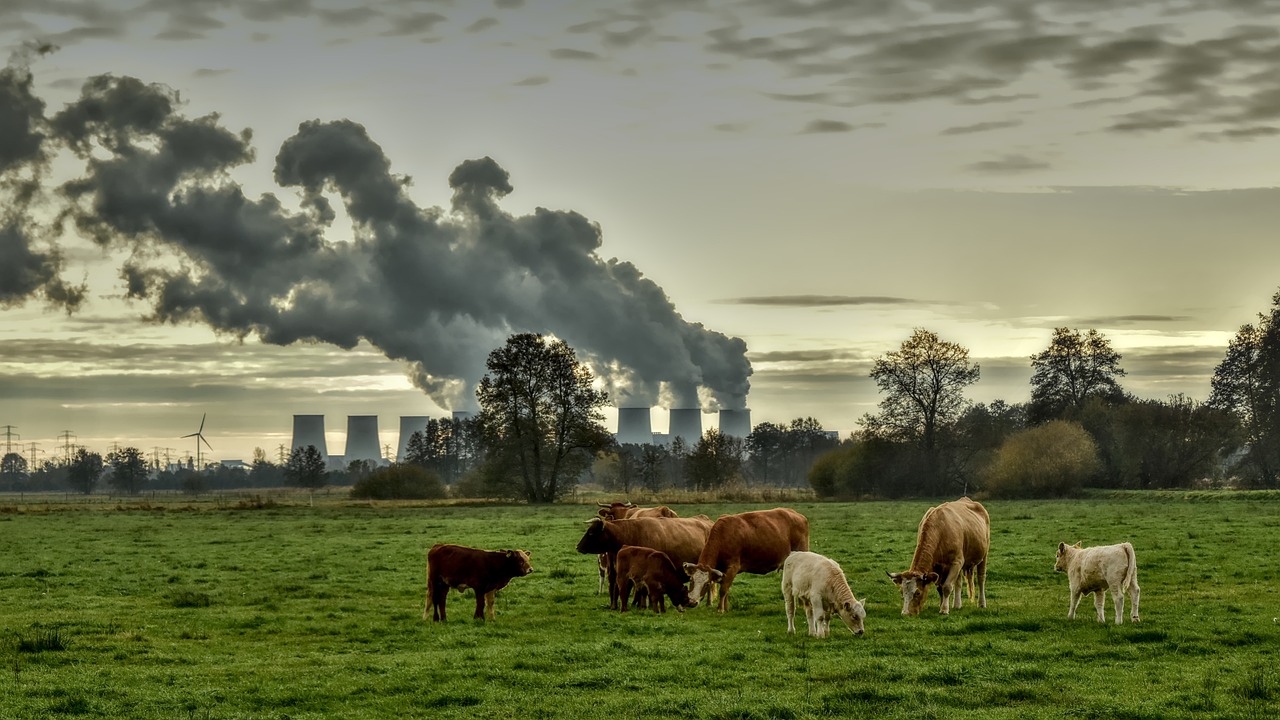
Color Mixing Techniques
When it comes to plein air painting, mastering is like having a secret weapon in your artistic arsenal. The way colors interact with one another can make or break your outdoor masterpiece. Imagine standing in front of a breathtaking landscape, the sun casting a golden hue over the trees, and you want to capture that moment perfectly. How do you translate that vibrant scene onto your canvas? It all starts with understanding the basics of color theory and applying it effectively in the field.
One of the most important techniques is to create a color wheel. This simple tool helps you understand the relationships between colors, including primary, secondary, and tertiary colors. By mixing these colors, you can achieve a wide range of hues that reflect the natural surroundings. For instance, if you want to depict the lush greens of a forest, you might start with a base of yellow and add varying amounts of blue to create the perfect green. Remember, the key is to mix gradually; a little goes a long way!
Another effective technique is to use a limited palette. Instead of lugging around every color imaginable, choose a few versatile colors that can be mixed to create a spectrum of shades. A typical limited palette might include:
- Cadmium Yellow
- Ultramarine Blue
- Alizarin Crimson
- Burnt Sienna
- Titanium White
With just these five colors, you can mix a variety of greens, browns, and even grays, allowing you to capture the essence of your outdoor scene without overwhelming your palette. Additionally, this approach encourages creativity and experimentation, as you’ll find new ways to combine colors to achieve the desired effect.
Don’t forget about the impact of light on color. The way light interacts with your subject can drastically alter its appearance. For example, during the golden hour, colors appear warmer and more saturated. This is the perfect time to experiment with mixing warm tones to capture that magical glow. Try adding a touch of yellow or orange to your mixtures to reflect the warmth of the sun. On the other hand, overcast days may call for cooler colors, so you might want to incorporate more blues and grays into your palette.
Lastly, practice makes perfect! Spend time outdoors simply observing and mixing colors. Bring along a sketchbook to jot down your observations and color mixtures. This not only sharpens your skills but also allows you to create a personalized reference guide for future painting sessions. Remember, the more you practice, the more intuitive your color mixing will become, and soon you'll be able to recreate the beauty of nature with ease and confidence.
Q: What is the best way to learn color mixing for plein air painting?
A: The best way to learn is through practice. Spend time outdoors mixing colors from nature, and consider keeping a color journal to track your mixtures and observations.
Q: Can I use tube paints for plein air painting?
A: Absolutely! Tube paints are convenient for plein air painting. Just remember to choose a limited palette for easier mixing and transport.
Q: How do I know if my colors are too bright or dull?
A: Step back from your painting and assess it from a distance. If the colors don't seem to harmonize, try adjusting by adding complementary colors to tone them down or mixing in more white to brighten them.
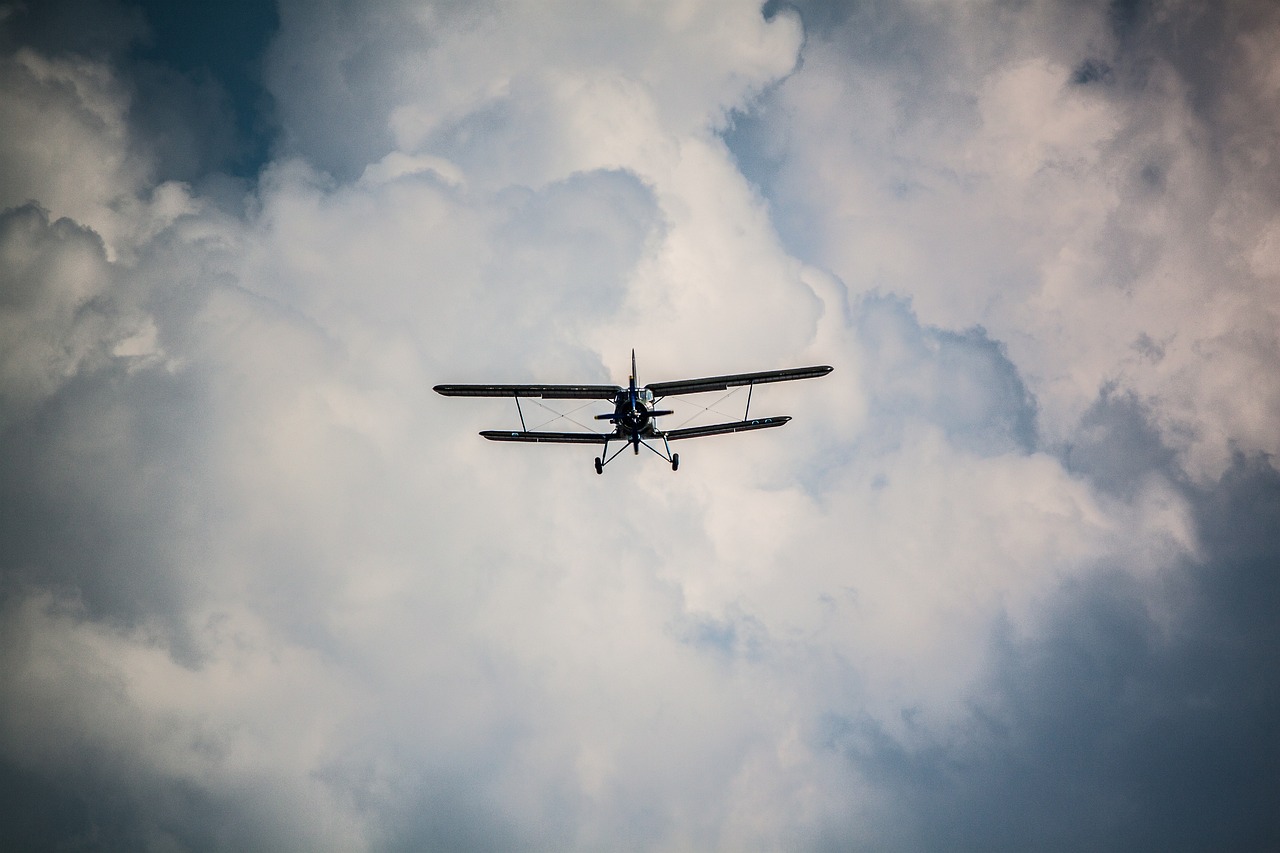
Understanding Natural Light
When it comes to plein air painting, natural light plays a pivotal role in shaping your artwork. It’s not just about having good lighting; it’s about understanding the nuances of how light interacts with your subject throughout the day. Imagine standing in a lush green park, your canvas in front of you, and as the sun rises, the colors around you start to come alive. The shadows stretch, the highlights pop, and everything feels vibrant. This is the magic of natural light, and as a plein air artist, your job is to capture that essence.
Throughout the day, the quality of light changes dramatically. During the morning, the light is soft and warm, casting gentle shadows that can make even the most mundane scenes look enchanting. As the sun climbs higher, the light becomes harsher, creating more defined shadows and bright highlights. This midday light can be challenging, as it often washes out colors and creates stark contrasts. But don’t fret! Embrace these challenges as opportunities to experiment with your palette and techniques.
In the late afternoon, as the sun begins to set, you’ll notice a shift once again. The light softens, and the world is bathed in a golden hue. This is often referred to as the golden hour, a favorite time for many plein air artists. The warm tones can add depth and richness to your paintings, allowing you to create stunning compositions that resonate with viewers. But how do you adapt to these changes? Here are a few tips:
- Observe the scene: Take a moment to study how the light interacts with your subject. Notice where the shadows fall and how colors shift.
- Adjust your palette: Be ready to modify your colors based on the light. Warmer tones work well in the morning and evening, while cooler tones may suit midday.
- Work quickly: The changes in light can happen rapidly, especially during the golden hour. Practice quick sketching to capture the essence before it changes.
Understanding natural light isn’t just about the physical properties of light; it’s also about developing a keen sense of observation. The more you paint outdoors, the more attuned you’ll become to these shifts. You’ll start to notice patterns and predict how the light will evolve, which can significantly enhance your artistic expression. Remember, plein air painting is not just about replicating what you see; it’s about interpreting and conveying the feeling of a moment in time.
In conclusion, mastering the art of painting in natural light requires patience and practice. Embrace the challenges, learn from each session, and most importantly, enjoy the process of being outdoors and creating art. The beauty of plein air painting lies in its spontaneity and the connection it fosters with nature. So grab your brushes, head outside, and let the changing light inspire your next masterpiece!
Q: What is the best time of day to paint outdoors?
A: The best times are typically early morning and late afternoon, during the golden hour when the light is soft and warm.
Q: How do I choose the right colors for different lighting conditions?
A: Observe how colors appear under different light. Warmer colors are more prominent in the morning and evening, while cooler tones are better for midday.
Q: What should I do if the weather changes while I'm painting?
A: Always be prepared with a portable setup. If it starts to rain, consider using a waterproof cover for your canvas or pack up and return when conditions improve.
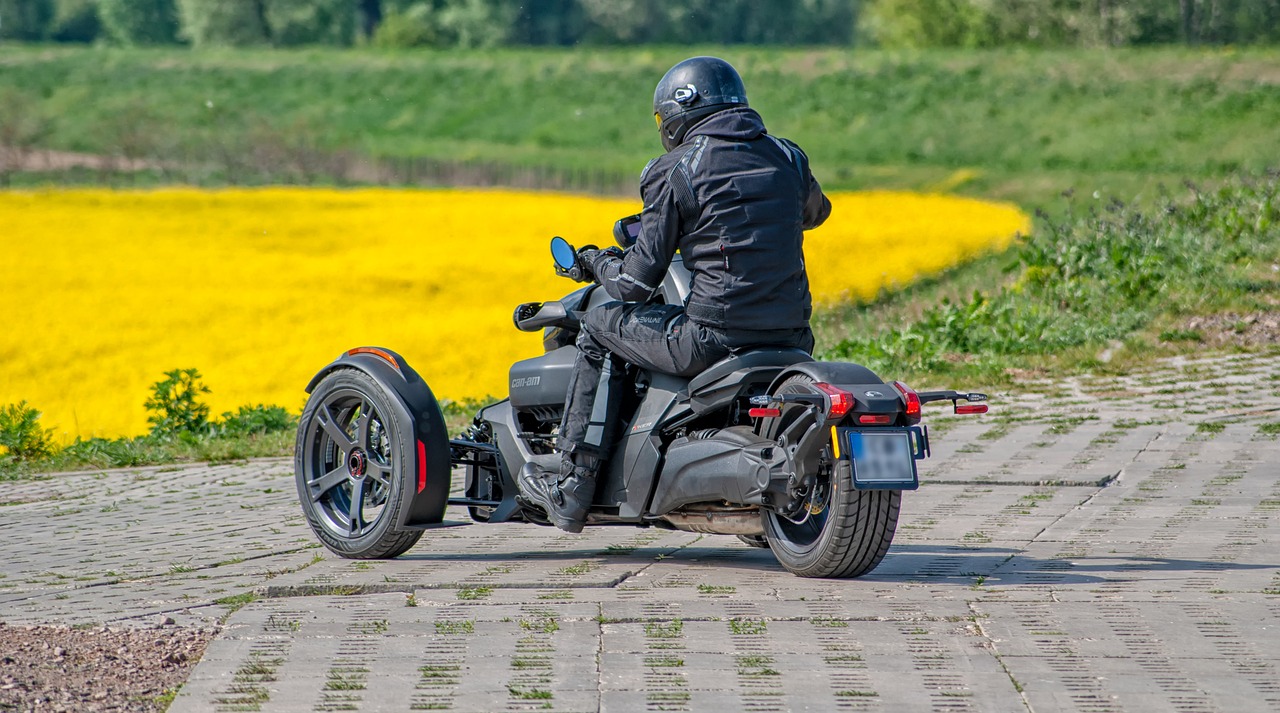
Golden Hour Painting
The golden hour—that magical time just after sunrise or before sunset—offers a unique opportunity for plein air painters. During these fleeting moments, the sunlight casts a warm, golden hue that transforms ordinary scenes into breathtaking vistas. But what makes this time so special? Well, it’s all about the light and the way it interacts with color and form. The soft, diffused light of the golden hour creates shadows that are less harsh, allowing colors to appear more vibrant and saturated. It's almost like nature is giving you a free filter to enhance your artwork!
To truly harness the beauty of the golden hour, timing is crucial. You’ll want to plan your painting sessions around this period. A little preparation can go a long way! Here are some tips to make the most of your golden hour experience:
- Arrive Early: Get to your location at least 30 minutes before the golden hour begins. This gives you time to set up your easel and get familiar with your surroundings.
- Scout Your Location: Choose a spot that offers a clear view of the horizon. Look for interesting foreground elements that will create depth in your painting.
- Use a Color Palette: Consider using a limited color palette that reflects the warm tones of the golden hour. Think about incorporating yellows, oranges, and soft reds to capture the essence of the light.
Another important aspect to consider is the changing nature of light. As the sun dips lower in the sky, the light will shift rapidly, altering the colors and shadows in your scene. This can be both a challenge and an opportunity. You might find yourself racing against time to capture the perfect moment, but don’t let that stress you out! Instead, embrace the spontaneity. Use quick brush strokes to capture the essence of the scene, focusing on the overall composition rather than getting bogged down in minute details.
And let’s not forget about the emotional aspect of painting during the golden hour. There’s something undeniably magical about this time of day. The warm light can evoke feelings of nostalgia, peace, and tranquility. As you paint, allow yourself to be inspired by the beauty around you. This emotional connection will not only enhance your experience but also translate into your artwork, making it more compelling and heartfelt.
In conclusion, painting during the golden hour is an experience that every plein air artist should embrace. It’s a time when the world seems to glow with possibility, and your canvas can reflect that beauty. So, grab your brushes, find a scenic spot, and let the golden hour work its magic on your art!
Q: What is the golden hour?
A: The golden hour refers to the period shortly after sunrise or before sunset when the light is soft and warm, creating ideal conditions for outdoor painting.
Q: How can I prepare for painting during the golden hour?
A: Arrive early to your location, scout for interesting compositions, and use a limited color palette to reflect the warm tones of the light.
Q: Why is the light during the golden hour special?
A: The light is less harsh, which enhances colors and creates beautiful shadows, making it perfect for capturing the atmosphere of a scene.
Q: Can I paint during the golden hour if I’m a beginner?
A: Absolutely! The golden hour is a great time for artists of all levels. Just focus on enjoying the experience and capturing the beauty around you.
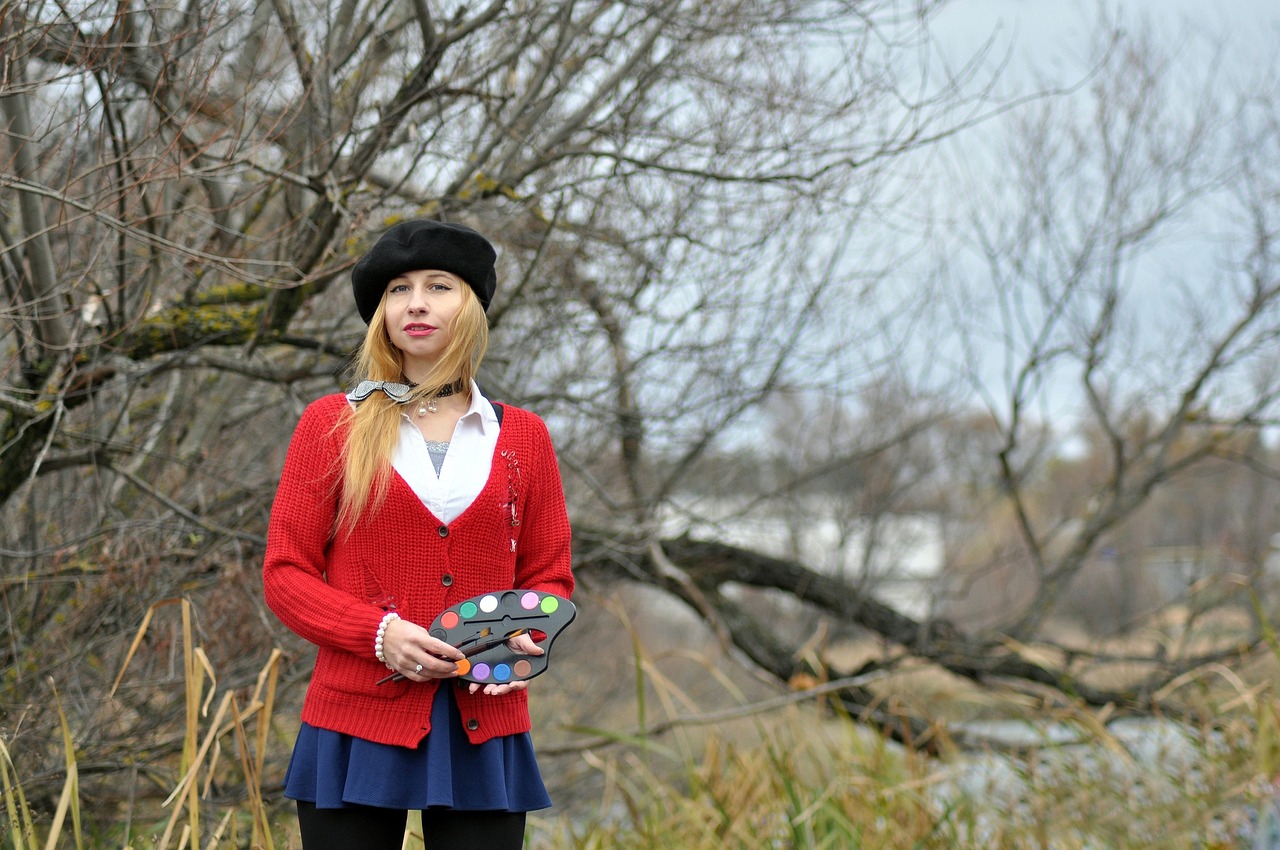
Weather Considerations
When it comes to plein air painting, the weather can be your best friend or your worst enemy. Imagine setting up your easel, brush in hand, only to be greeted by an unexpected downpour or a blistering sun that threatens to melt your paints. It's essential to be prepared for the unpredictable nature of the outdoors. Understanding how different weather conditions can affect your painting experience is crucial for any artist looking to capture the beauty of the natural world.
First and foremost, you should always check the weather forecast before heading out. This simple step can save you from a soggy canvas and ruined supplies. However, forecasts can sometimes be misleading, so it’s wise to be adaptable. For instance, if you see that rain is on the horizon, consider bringing a waterproof cover for your easel or a portable umbrella to shield your work. On the other hand, if it’s a sunny day, don’t forget to wear sunscreen and bring a hat to protect yourself from the harsh rays. The last thing you want is to be distracted by discomfort while painting!
Temperature also plays a significant role in how your paints behave. In cooler temperatures, oil paints can thicken and dry more slowly, while acrylics may dry too quickly, making blending difficult. If you’re painting in the heat, your paints may dry too fast, leading to a lack of vibrancy. One effective strategy is to choose your paints wisely—consider using slow-drying mediums or retarding agents to help manage drying times, especially in extreme weather conditions.
Wind is another factor that can disrupt your plein air painting sessions. It can blow away your supplies or create unwanted movement in your easel and canvas. To combat this, you can use weights to secure your easel or find a sheltered spot to minimize the impact of the wind. Additionally, you might want to consider using a heavier canvas or board that can withstand a bit of breeze without flapping around.
Finally, don't overlook the importance of light. The quality of natural light changes throughout the day and can dramatically affect your color choices and the mood of your painting. Early mornings and late afternoons provide softer, warmer light, often referred to as the "golden hour." However, if you find yourself painting during midday, when the sun is at its peak, be aware that shadows will be harsh and colors may appear washed out. Adjust your palette accordingly to capture the essence of the scene.
In summary, being aware of and adapting to weather conditions can greatly enhance your plein air painting experience. Here are a few quick tips to keep in mind:
- Check the weather forecast before heading out.
- Bring waterproof covers for your easel and supplies.
- Choose paints and mediums that suit the temperature.
- Secure your easel against wind.
- Be mindful of how natural light affects your colors.
By preparing for various weather scenarios, you can focus more on your art and less on the elements, allowing your creativity to shine through in every stroke.
Q: What should I do if it starts to rain while I'm painting?
A: Always have a waterproof cover or an umbrella handy. If rain begins, cover your canvas and supplies to protect them. You may also want to seek shelter until the rain passes.
Q: How can I manage the heat while painting outdoors?
A: Wear light, breathable clothing, use sunscreen, and take frequent breaks in the shade. Consider bringing a portable fan or misting spray to keep cool.
Q: What type of easel is best for windy conditions?
A: A heavier, more stable easel is ideal for windy conditions. Look for easels with a sturdy base or those that allow you to add weights for extra stability.
Q: Can I still paint if it's cloudy?
A: Absolutely! Cloudy days can provide soft, diffused light that is great for capturing subtle colors and details. Just be aware that colors may appear differently than in direct sunlight.
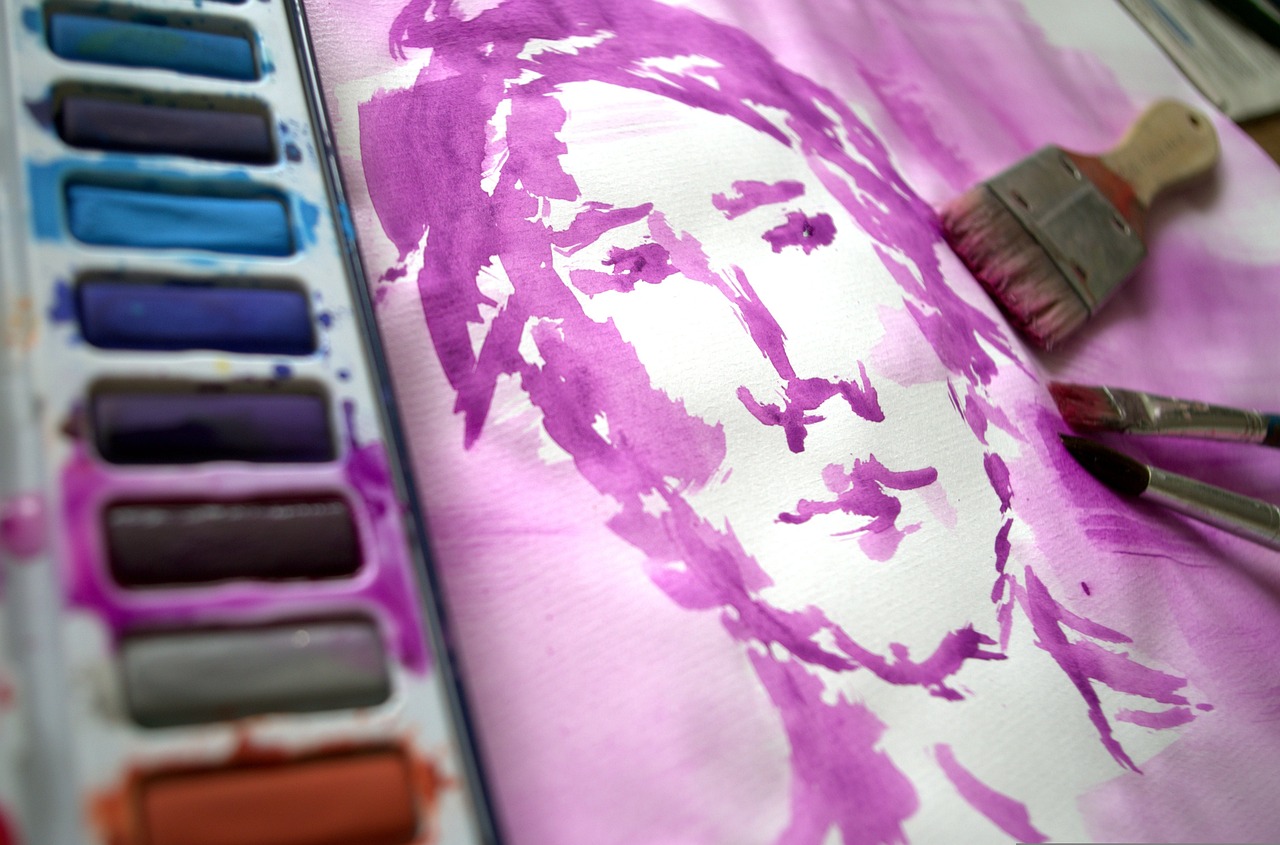
Developing a Quick Sketching Technique
When it comes to plein air painting, time is of the essence. The world around you is ever-changing, with light shifting and scenes transforming in the blink of an eye. is not just a skill; it's a necessity for capturing the essence of your surroundings before they slip away. Imagine being able to freeze a moment in time, much like a photographer but with the added flair of your artistic interpretation. So, how do you master this art?
First, it’s important to understand that quick sketching is all about simplicity and efficiency. You don’t need to capture every detail; instead, focus on the overall composition and the major shapes. Start by observing the scene before you. What are the key elements that stand out? Is it the towering trees, the rolling hills, or perhaps the play of light on a shimmering lake? Identify these focal points and let them guide your hand.
One effective way to enhance your quick sketching is to practice gesture drawing. This technique involves making quick, fluid strokes that capture the movement and energy of your subject. Set a timer for a short duration—say, 2 to 5 minutes—and try to sketch the scene as quickly as possible. This exercise not only warms up your hand but also trains your eye to see essential details without getting bogged down by minutiae.
Another vital aspect of quick sketching is using the right tools. A lightweight sketchbook and a set of pencils or pens that you can easily carry will make a world of difference. Consider the following tools that can aid your quick sketching:
| Tool | Benefit |
|---|---|
| Sketchbook | Portable and convenient for quick notes and sketches. |
| Pencils | Easy to erase and adjust, allowing for quick changes. |
| Watercolor Pencils | Versatile; can be used dry or wet for added color. |
| Markers | Great for bold outlines and quick color application. |
Once you have your tools ready, practice sketching regularly. The more you sketch, the more confident you will become. Try to set aside time each week to visit different locations and challenge yourself to capture them quickly. Remember, the goal is not perfection; it’s about expressing the feeling of the moment. You might even consider joining a local plein air group where you can share your sketches and gain feedback from fellow artists.
Lastly, don’t forget to have fun with it! Quick sketching is an opportunity to explore your creativity without the pressure of finalizing a masterpiece. Embrace the spontaneity of the moment and let your sketches reflect your unique style. Over time, you’ll find that these quick sketches can serve as valuable references for your larger paintings, helping you to recall not just the scene, but the emotions you felt while painting it.
- What materials are best for quick sketching? Lightweight sketchbooks, pencils, and markers are ideal for quick sketches.
- How can I improve my quick sketching skills? Regular practice and gesture drawing exercises can significantly enhance your skills.
- Is it necessary to make perfect sketches? No, the focus should be on capturing the essence of the scene rather than perfection.
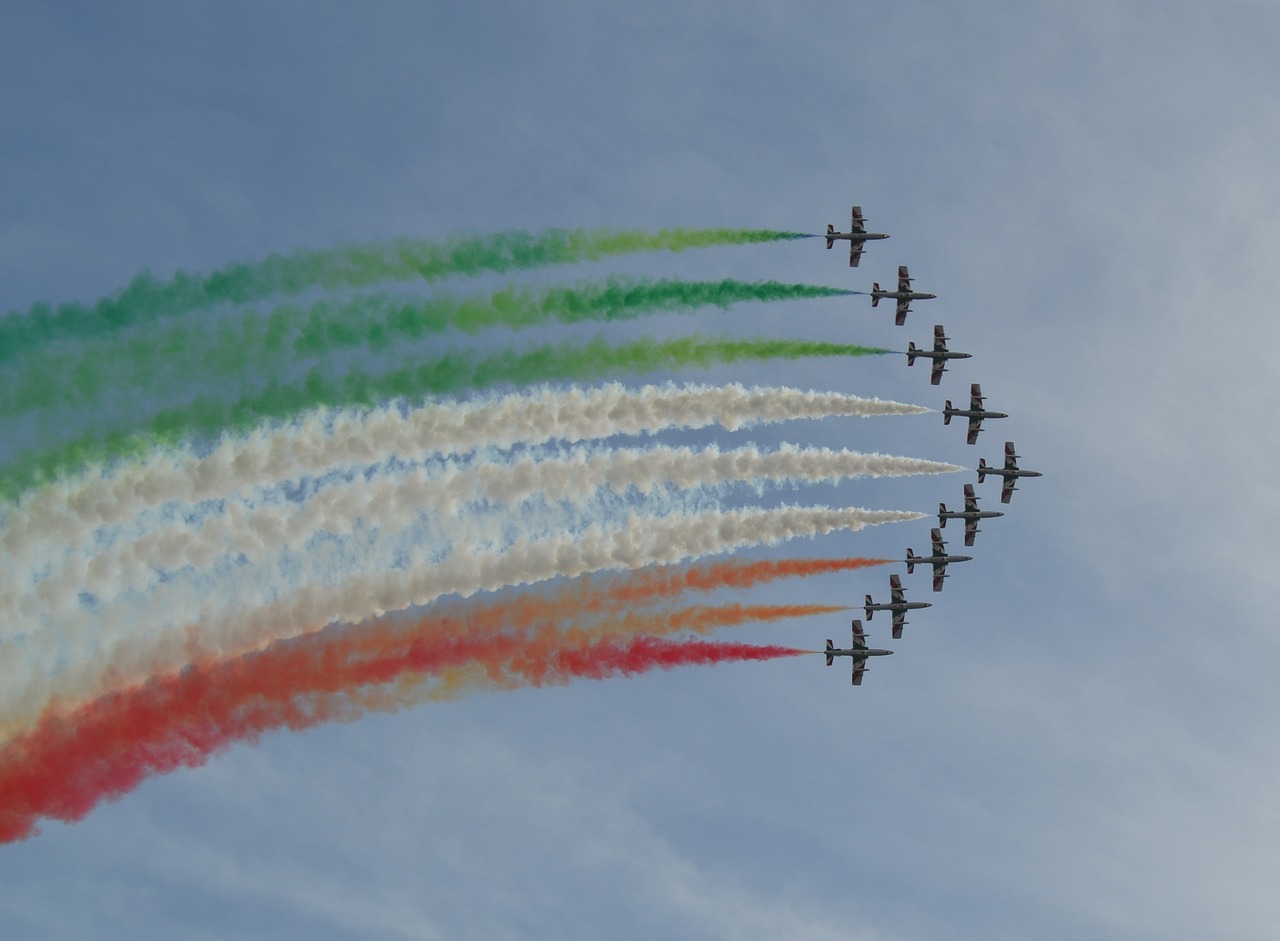
Capturing Movement and Atmosphere
When it comes to plein air painting, capturing movement and atmosphere is akin to catching a fleeting moment in a bottle. Imagine standing in a bustling park, where the laughter of children mingles with the rustling of leaves and the distant sound of a musician strumming his guitar. The challenge lies not just in the visual representation, but in conveying the very essence of that moment. To do this effectively, one must develop a keen sense of observation and a few essential techniques.
One of the most effective ways to capture movement is through dynamic brush strokes. Instead of meticulously detailing every single element, let your brush dance across the canvas. This technique creates an impression of movement, making the viewer feel as though they are part of the scene. For example, when painting a flowing river, use sweeping strokes to mimic the water's current. Similarly, when depicting trees swaying in the wind, quick, zigzag motions can convey their lively movement.
Another technique to consider is the use of color and contrast. Bright, vibrant colors can evoke feelings of energy and excitement, while softer, muted tones can create a more tranquil atmosphere. Think about how the colors change with the time of day—warm oranges and pinks during sunrise and sunset can imbue your painting with a sense of warmth and peace, while cooler blues and greens during midday can evoke a feeling of calm. By mastering color mixing and applying it thoughtfully, you can enhance the emotional impact of your artwork.
Moreover, understanding the environment around you is crucial. Pay attention to the light and how it interacts with your subject. For instance, the shimmering sunlight on water can create a lively atmosphere, while shadows cast by trees can add depth and intrigue. Consider the following aspects when you’re out painting:
- Time of Day: Different times of the day provide varying light conditions that can dramatically alter the mood of your painting.
- Weather: Overcast days can create a soft, diffused light, perfect for capturing subtle details, while bright sunny days may require you to work quickly to capture the changing shadows.
- Movement in Nature: Observe animals, people, and even the wind's effect on foliage, and try to capture their essence in your work.
Lastly, don’t forget to embrace the emotional aspect of your painting. What do you feel when you look at your subject? What story do you want to tell? Allow your emotions to guide your brush, and your paintings will resonate with viewers on a deeper level. Remember, every stroke should reflect not just what you see, but also what you feel. This personal touch can transform a simple landscape into a vibrant narrative filled with life and energy.
- What materials do I need to capture movement effectively?
Using a variety of brushes, including fan brushes and palette knives, can help create dynamic effects. Additionally, a limited color palette can allow for quicker mixing and application. - How can I practice capturing atmosphere in my paintings?
Spend time observing different environments at various times of day. Take notes on how light and color change, and try to replicate these changes in your sketches. - Is it necessary to paint quickly to capture movement?
While painting quickly can help capture fleeting moments, it's also essential to find a balance. Sometimes taking a moment to observe can lead to a more thoughtful representation of movement.
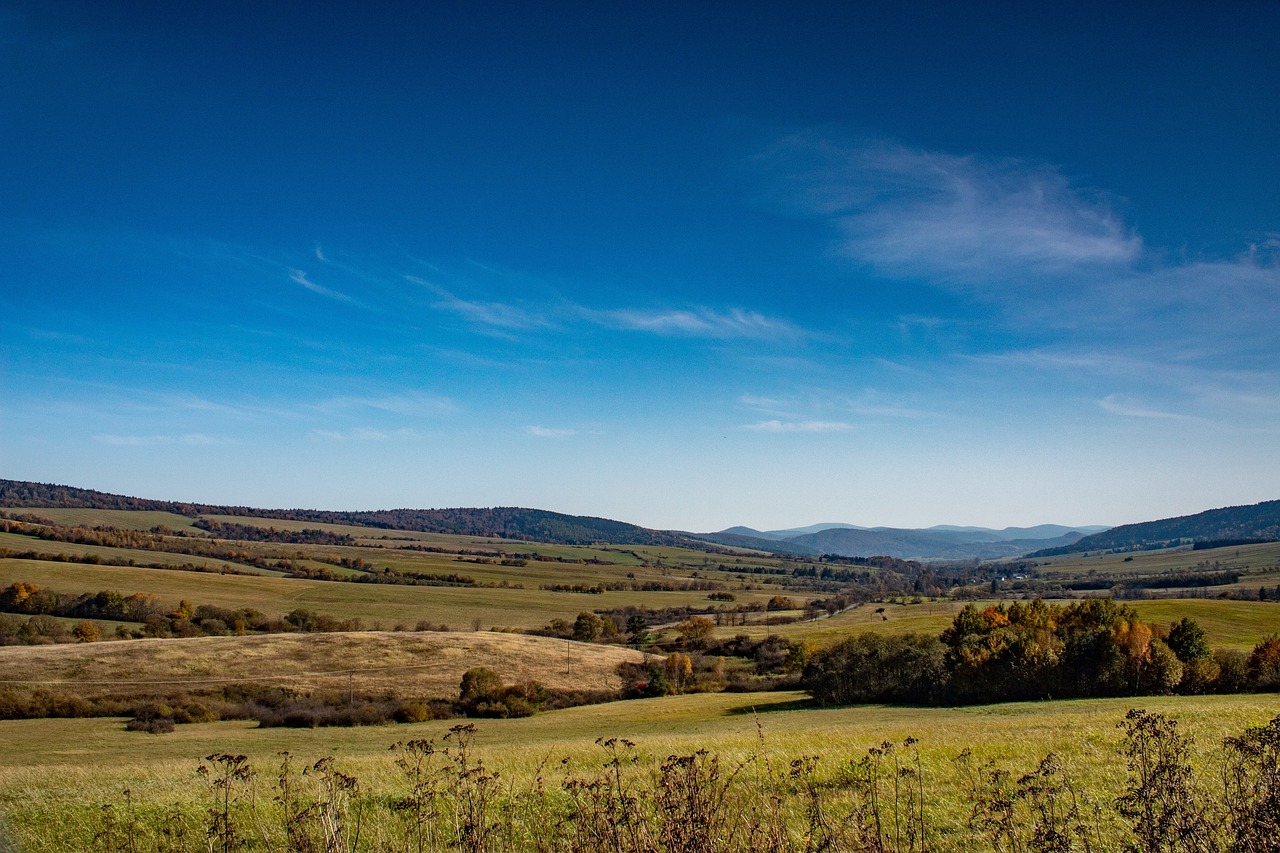
Building a Plein Air Community
When it comes to plein air painting, the experience can be incredibly enriching, but it doesn't have to be a solitary endeavor. Building a community of fellow artists can elevate your outdoor painting sessions from simply enjoyable to truly transformative. Imagine sharing tips, techniques, and inspiration with others who share your passion for capturing the beauty of nature on canvas. It's like having a built-in support system that not only motivates you but also provides constructive feedback.
One of the best ways to connect with other plein air artists is to join local art groups or clubs. Many cities have organizations dedicated to plein air painting, offering regular meetups and painting excursions. These gatherings provide a fantastic opportunity to network with other creatives, learn from their experiences, and even participate in group exhibitions. Plus, nothing beats the camaraderie of painting alongside someone who understands the challenges and joys of working outdoors!
Another effective way to build a community is by utilizing social media platforms. Instagram, Facebook, and even Pinterest can serve as excellent tools for connecting with other plein air enthusiasts. You can share your work, follow other artists, and engage in discussions about techniques and locations. Consider using hashtags like #PleinAirPainting or #OutdoorArt to find and connect with like-minded individuals. You might even discover virtual challenges or collaborations that spark your creativity!
For those looking to deepen their involvement, consider organizing or participating in plein air workshops. These events often bring together artists of varying skill levels, allowing for a rich exchange of ideas and techniques. Workshops can be hosted by established artists who share their insights, guiding you through the nuances of painting outdoors while fostering a sense of community among participants. Not only do you gain valuable skills, but you also forge lasting friendships along the way.
To further enhance your community experience, consider forming or joining a plein air painting group. Regularly scheduled outings can provide a structured way to paint together, share critiques, and celebrate each other's successes. Whether you meet weekly or monthly, having a dedicated group can keep you motivated and accountable. Plus, it's a fantastic way to explore new locations that you might not have ventured to alone.
Lastly, don't underestimate the power of local art fairs and exhibitions. Participating in these events can help you meet other artists and showcase your work to a broader audience. Engaging with the public can also provide fresh perspectives and inspire new ideas for your plein air projects. By immersing yourself in the local art scene, you'll not only grow as an artist but also contribute to the vibrant community around you.
In conclusion, building a plein air community is all about connection, collaboration, and shared passion. Whether through local groups, social media, workshops, or exhibitions, there are countless ways to engage with fellow artists. So grab your easel, paintbrush, and an open mind, and start cultivating those relationships that can enrich your plein air painting journey!
- How can I find local plein air painting groups? Check community boards at local art supply stores, search online platforms like Meetup, or join social media groups dedicated to plein air painting.
- What should I bring to a plein air painting group outing? Bring your essential painting tools, a portable easel, snacks, water, and a willingness to share and learn from others.
- Can I participate in plein air painting events as a beginner? Absolutely! Many groups welcome artists of all skill levels, and it's a great way to learn from more experienced painters.
Frequently Asked Questions
- What is plein air painting?
Plein air painting is the practice of painting outdoors, capturing the natural light and scenery directly from life. It's all about immersing yourself in the environment and translating what you see onto your canvas.
- How do I choose the right location for plein air painting?
Choosing the right location is essential for inspiration and creativity. Look for places with interesting subjects, such as landscapes, urban scenes, or gardens. Consider factors like lighting, accessibility, and the overall atmosphere to find a spot that resonates with you.
- What tools do I need for plein air painting?
Essential tools include a portable easel, a palette, brushes, paints, and a sturdy canvas. Don’t forget to bring along a sketchbook and some water for cleaning your brushes. The right gear will make your outdoor painting sessions more enjoyable and productive.
- What is the best type of easel for outdoor painting?
The best easel for plein air painting is lightweight and portable, yet sturdy enough to withstand outdoor conditions. Look for options like French easels or tripod easels that are easy to set up and transport.
- How can I effectively mix colors outdoors?
To achieve vibrant colors, start with a limited palette and focus on mixing colors that reflect the natural light. Practice observing how colors change with the environment, and don't be afraid to experiment until you find the perfect hues.
- What is the golden hour and why is it important for painting?
The golden hour is the period shortly after sunrise or before sunset when the light is soft and warm. This unique lighting creates beautiful contrasts and enhances the colors in your painting, making it an ideal time to capture stunning outdoor scenes.
- How should I prepare for different weather conditions?
Always check the weather forecast before heading out. Dress in layers, bring waterproof materials, and have a plan for protecting your supplies. Being prepared for changes in weather will help you maintain a productive painting session.
- What are some quick sketching techniques I can use?
Quick sketching involves capturing the essence of a scene rapidly. Use simple shapes and lines to outline your composition, focusing on the main elements. This technique allows you to spend more time on details later while keeping the energy of the scene intact.
- How can I capture movement and atmosphere in my paintings?
To capture movement, pay attention to the dynamic elements in your scene, like flowing water or swaying trees. Use brush strokes that mimic these movements and focus on the overall atmosphere by incorporating colors and light that evoke the feeling of the moment.
- How can I connect with other plein air artists?
Building a plein air community can enhance your experience. Join local art groups, attend workshops, or participate in plein air events. Sharing techniques and critiques with fellow artists fosters growth and inspires creativity.



















